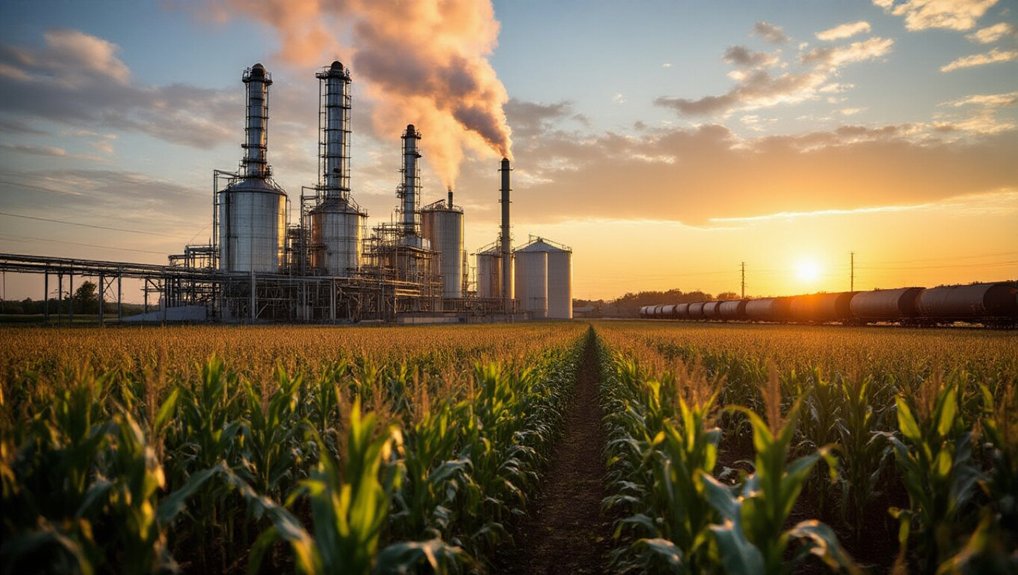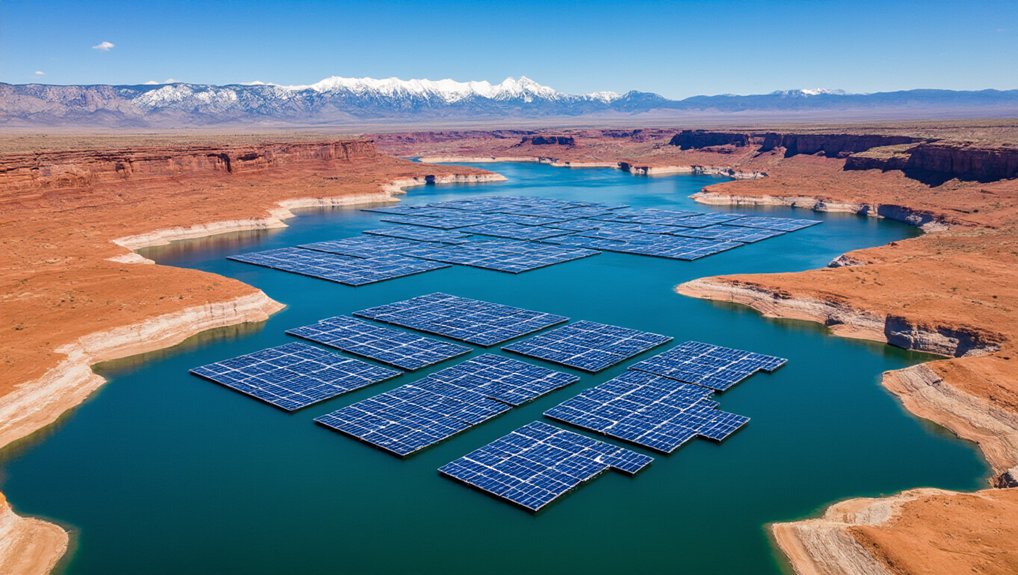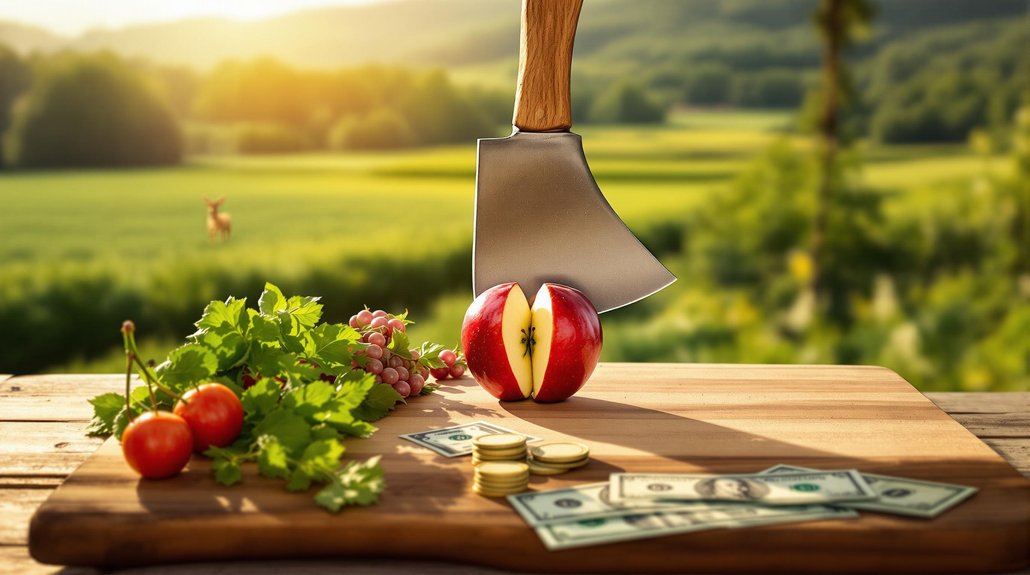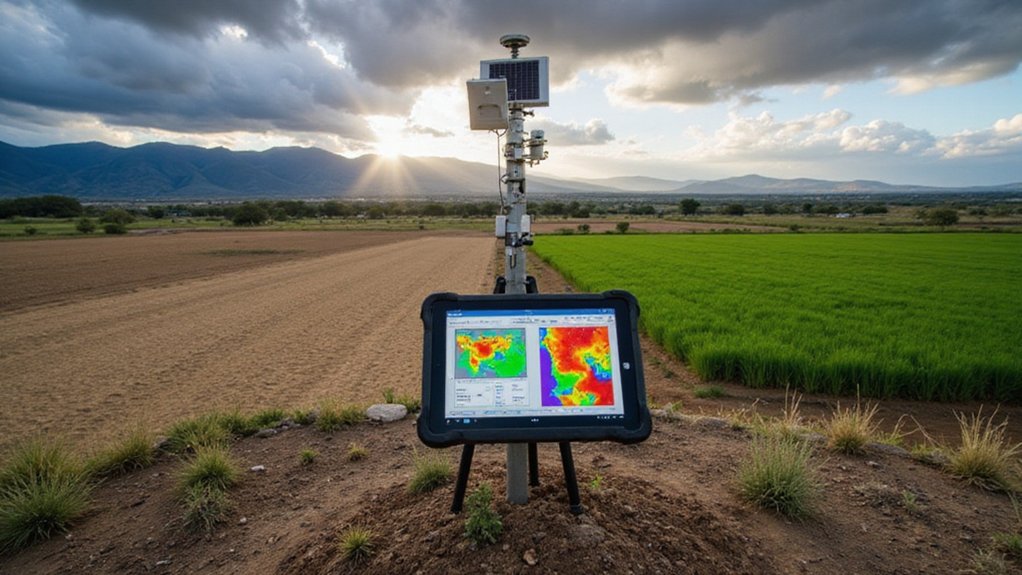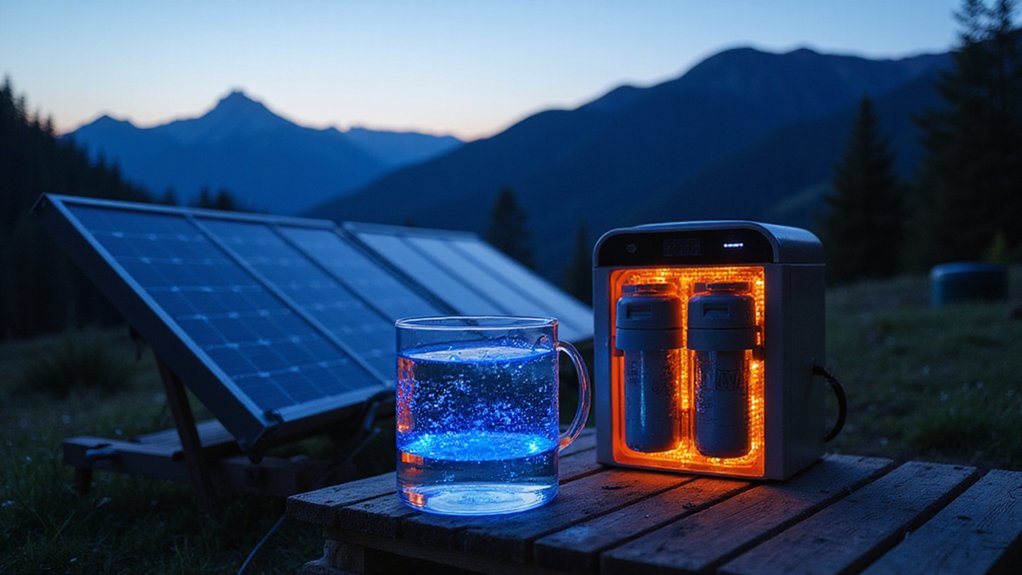While ethanol producers were busy patting themselves on the back for that late May production spike, reality hit like a cold shower. Production plummeted to a 2025 low at 24.281 million barrels, down 663,000 barrels from the previous week.
Sure, it was still 1.074 million barrels higher than last year, but that’s not exactly comforting when you’re watching your numbers tank.
The numbers tell a brutal story. April’s production sat at about 1.02 million barrels per day. That’s down from January’s 1.08 million. And June? They’re projecting 1.05 million barrels per day. Not great, Bob. Not great at all.
November 2024 feels like ancient history now—that was when production actually peaked.
What’s driving this mess? Plants wrapped up their seasonal maintenance, which should’ve helped. It didn’t. Exports collapsed to 66,000 barrels per day, dropping 28,000 barrels from the week before.
That’s 146,000 barrels below last year’s figures. Ouch.
Iowa State University threw in their two cents about tightening operating margins. At least they’re still positive, right? Small victories in a field of disappointments.
Meanwhile, refiners and blenders kept sucking up ethanol, and gasoline demand stayed above the previous week’s levels. Americans are hitting the road whether producers like it or not.
The corn farmers are watching this drama unfold with sweaty palms. About 15.4 billion gallons of ethanol came from U.S. corn in 2022. Every production dip hits rural America where it hurts. South Dakota farmers remain satisfied with their crop progress despite the ethanol market’s volatility.
The USDA’s corn usage update drops June 12—that should be fun.
Here’s the kicker: inventory levels hit their lowest point of 2025. Production capacity exists, monitored diligently by the Energy Information Administration. The EIA’s September 2025 forecast extends the outlook for fuel ethanol production trends through the end of summer.
Despite current challenges, the Rural America investment of $537 million through HBIIP could help stabilize the market by expanding infrastructure for biofuel distribution.
But capacity means nothing when your actual output keeps sliding. The Renewable Fuel Standard keeps pushing targets while reality pushes back.
The summer driving season typically boosts production. Not this time. Global biofuel policies and competitive markets are eating into exports.
Domestic consumption picked up some slack, but not enough. The trend from January to April shows a clear decline, and June’s forecast suggests more of the same.
References
- https://www.brownfieldagnews.com/news/ethanol-production-rises-as-supply-hits-2025-low/
- https://www.eia.gov/dnav/pet/hist/LeafHandler.ashx?n=PET&s=M_EPOOXE_YOP_NUS_1&f=M
- https://www.eia.gov/dnav/pet/pet_pnp_wprode_s1_w.htm
- http://www.ers.usda.gov/data-products/us-bioenergy-statistics
- https://www.statista.com/statistics/1499393/fuel-ethanol-production-forecast-us/
